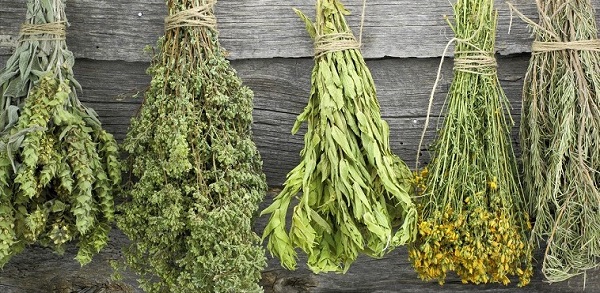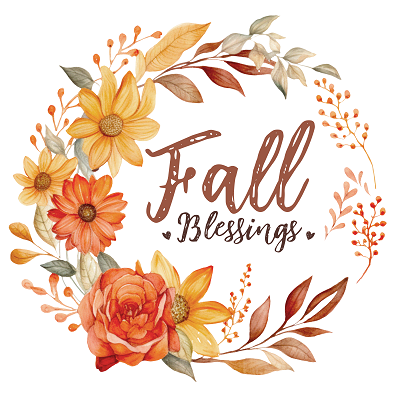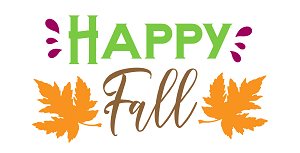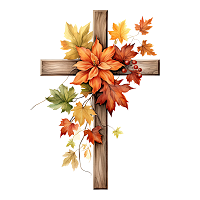One way to preserve the herbs that you have so painstakingly grown is to dry them. There is more than one technique used for the drying process. We will discuss the options here so you can get the best flavor and oils from your leaves.
Herbs are a way to add extra zest to foods without adding fat. If you’ve ever had cuisine with fresh herbs then you know the difference it makes. The next best thing is dried herbs. Growing and drying your own is better and cheaper than buying them from the store.
Drying Fresh Herb Basics
Here are a few tips that always need to be observed when planning on drying herbs.
Harvest herbs at their peak – When are herbs at their best tasting and most potent as far as oil is concerned? It occurs when they are getting ready to bloom. You will notice several buds but none will be open yet. Wait until after the morning dew has dried before cutting your leaves.
Carefully choose your leaves – Look for healthy branches that are free of disease, damage or yellowing. Also remove any insects that might tag along on the plants. This usually isn’t a problem for indoor herbal gardens.
Wash your leaves – Remove any dirt and soil from the leaves. Use cool water and then dry with a paper towel, being careful not to rip or tear the leaves. Wet herbs will mold so make sure they are completely dry.
Methods for Drying Herbs
Bunching – This involves hanging your herbs. Remove all leaves from the bottom of about four to eight stems. Bind them together gently with a rubber band or a piece of string. Place them in a paper bag with the stems protruding out. Tie the bag closed around the stems and hang in a warm, dry area. Poke holes in the bottom of the bag for air circulation.
Tray drying – This is done for the leaves. Remove the stems and the stalks from leaves. Place the leaves in a single layer on a baking sheet or a drying tray. Large leaves can be cut into smaller pieces. Place in a warm area that is dark until drying is complete.
Drying in an oven – You don’t actually turn the oven on when you do this. Gas ovens seem to work more efficiently with this method. Using a baking sheet again, place leaves in a single layer so they are not touching. Separate more than one layer with a paper towel. Dry overnight.
Solar drying – This is not a very efficient method but may work for people who live in a very warm area. Place your leaves on a drying tray or an old window pane in the sun. In order for this to work, the temperature needs to be constant with low humidity (below 100 degrees F and 60% humidity). Avoid direct sunlight because leaves will fade.
Store your dried herbs in a dry, dark place in airtight jars for up to one year. Drying fresh herbs can keep your food full of flavor all year round.



